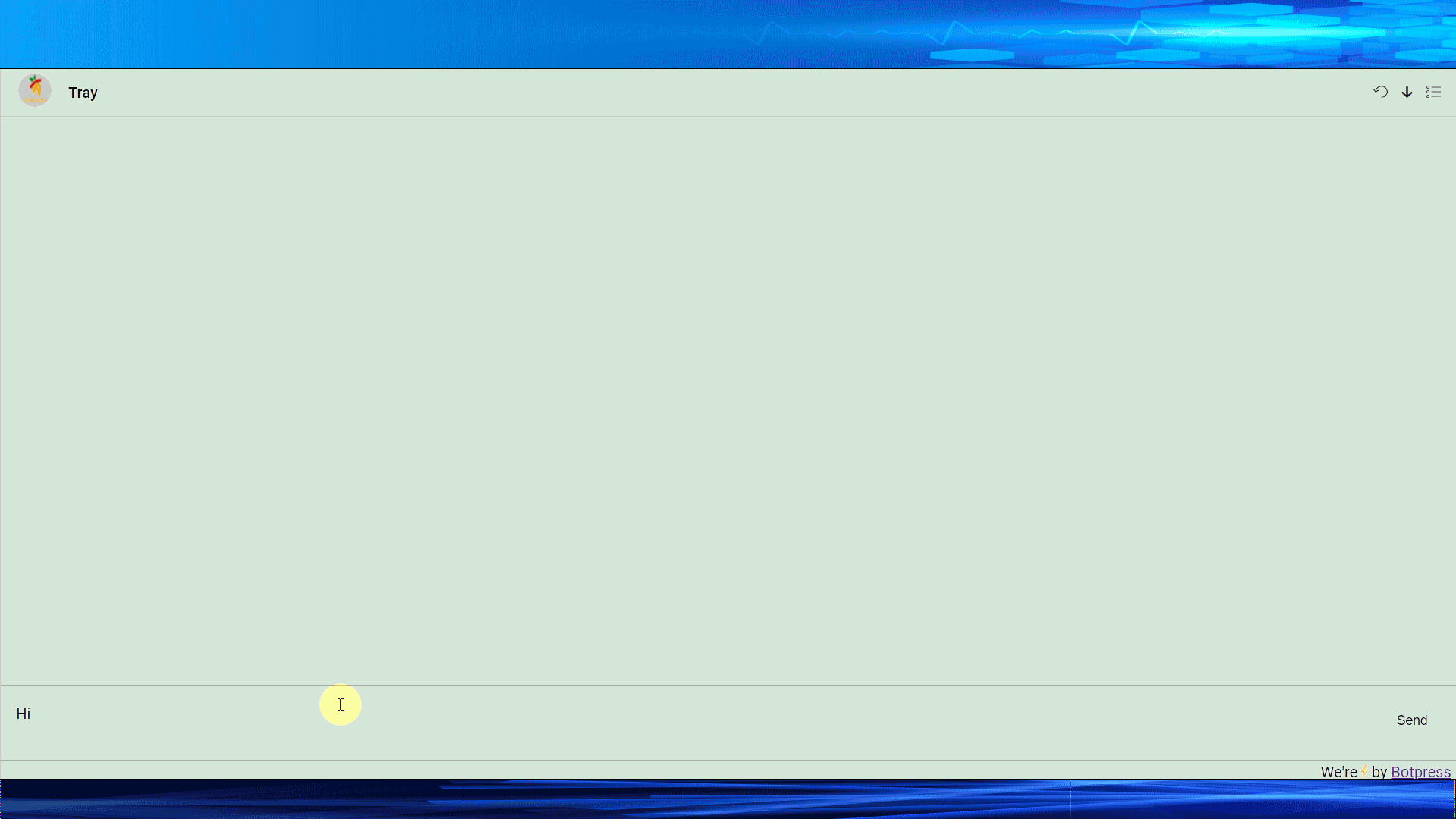Introduction
Building chatbots is a new, exciting challenge for most developers. Creating software that holds a conversation and responds naturally to humans is a thrilling possibility, and Botpress is turning this into reality.

The catch is that you (or anyone else) wouldn't want to spend hundreds of hours learning and putting together all the infrastructure and boilerplate code required to get a conversational backend up and running.
What is Botpress
A lightweight, fast, and flexible chatbot building framework that you can host anywhere, whether it be on the cloud or your servers.
It is a complete platform that ships with all the tools you need to build, deploy, and manage production-grade bots in record time. Here are some of the components that are installed by default:
- An NLU Engine which understands the meaning and intentions behind user statements even where grammatical mistakes exist.
- An administration interface that can be viewed from a browser, exposing modules to manage content and show chatbot statistics, among other things.
- A visual workflow builder used for creating conversations and other interactions.
- A chat emulator/debugger to simulate conversations and inspect the chatbot engine's logic.
- Support for popular messaging channels like Facebook Messenger, Slack, Telegram, Microsoft Teams, and others.
Why Botpress
Botpress has many advantages over other platforms and frameworks:
- It runs fully on-premise, so you can host it on a server of your choice. This gives you full control over the data that comes in and out and helps you secure your data. The Botpress platform's core is open-source with thousands of Github contributors and will be free forever.
- The framework is very flexible and developer-friendly because Botpress can be customized primarily using Javascript with capabilities to include code in other languages.
- Botpress relies on zero third-party services, making it the only fully featured Chatbot-Building platform
How to build a Chatbot
There are three main steps involved in creating chatbots.
Developers start by Building a chatbot, which consists of adding the required messaging channels, integrating the necessary backend components and applications your chatbot will need to interact with, and creating conversation workflows.
Once done, you'll need to Deploy your chatbot somewhere, which could be on a cloud server or your internal hosting infrastructure.
Finally, you'll give other people access to your chatbot so they can Manage it once it is in use. Managing a chatbot entails analyzing the conversations, refining the conversational experience by building new workflows, and making it smarter by continuously improving the NLU.